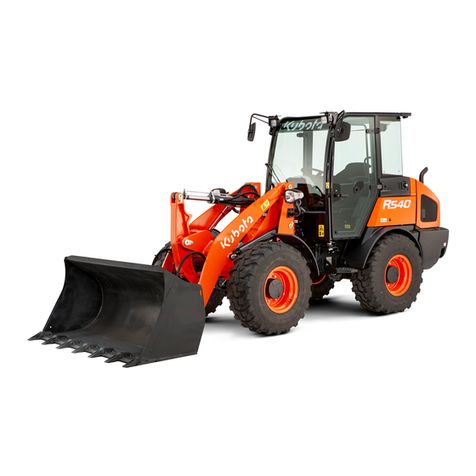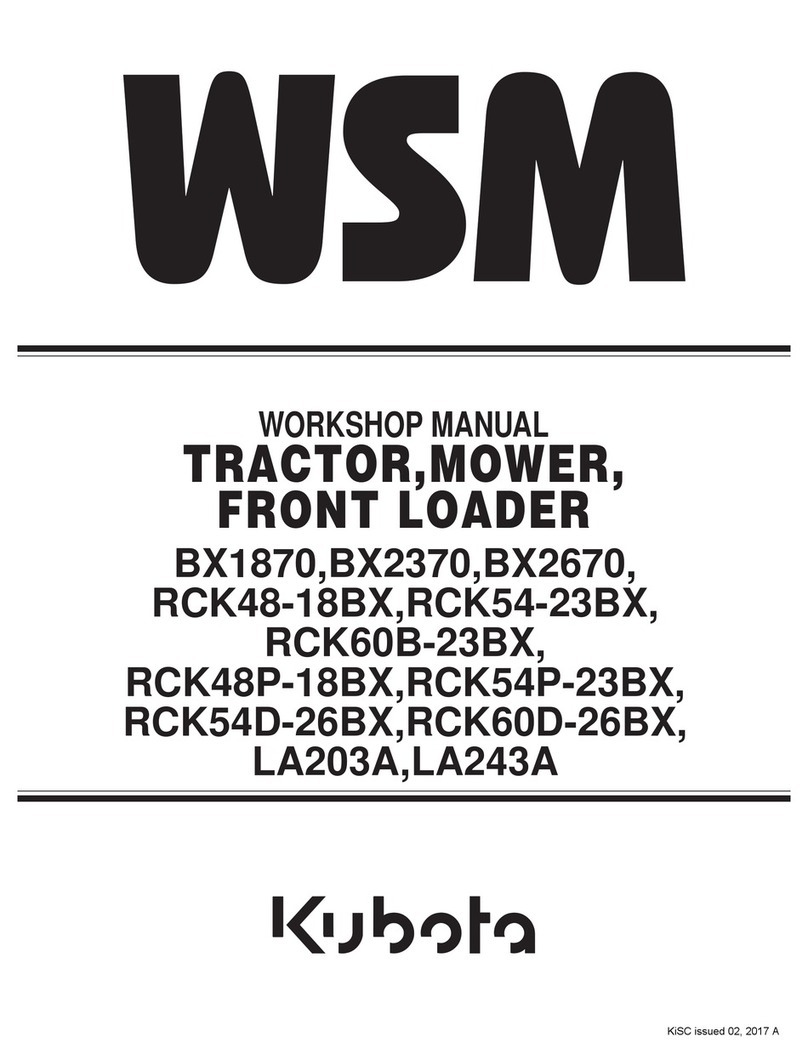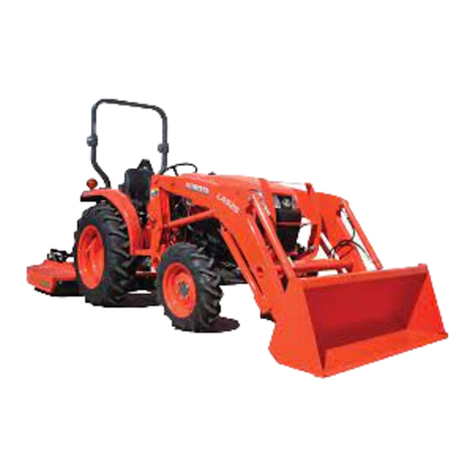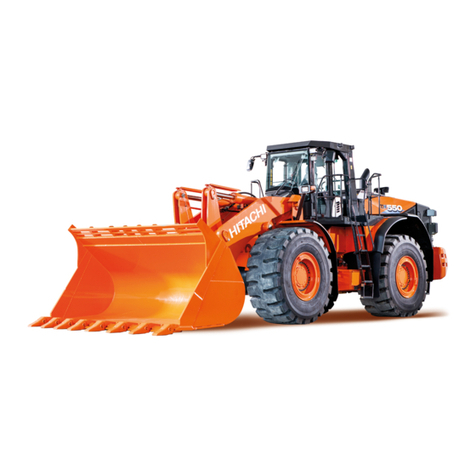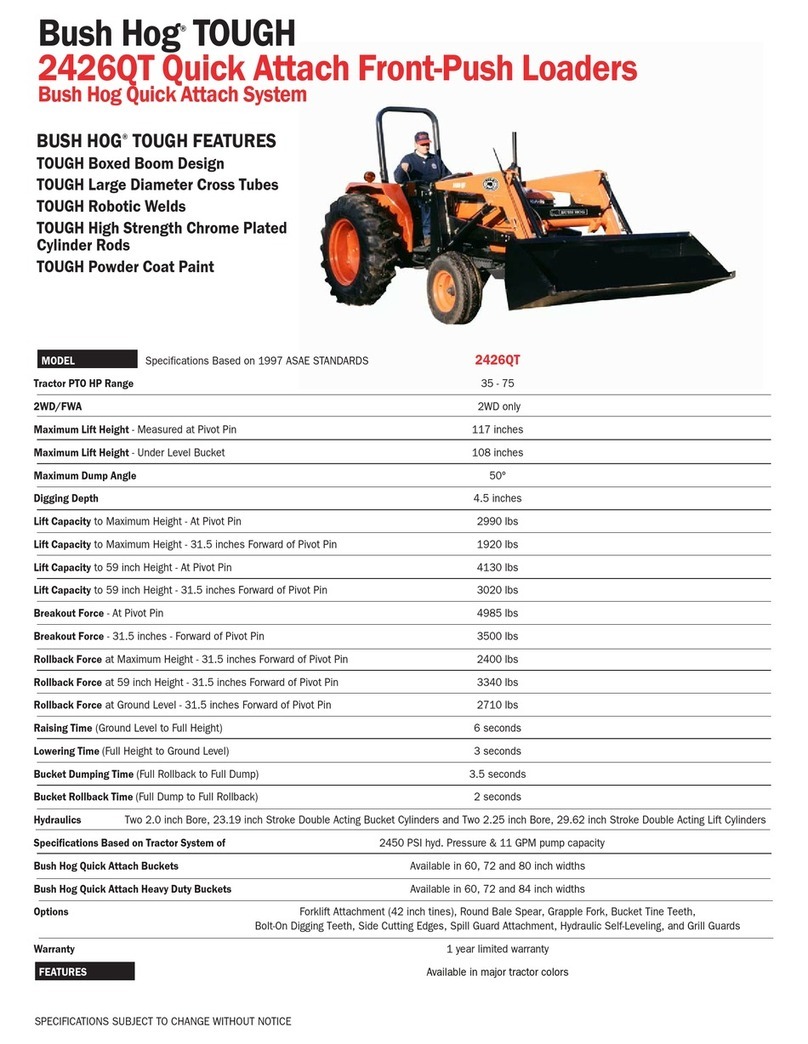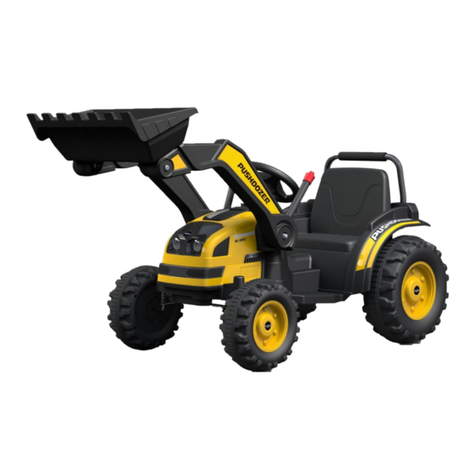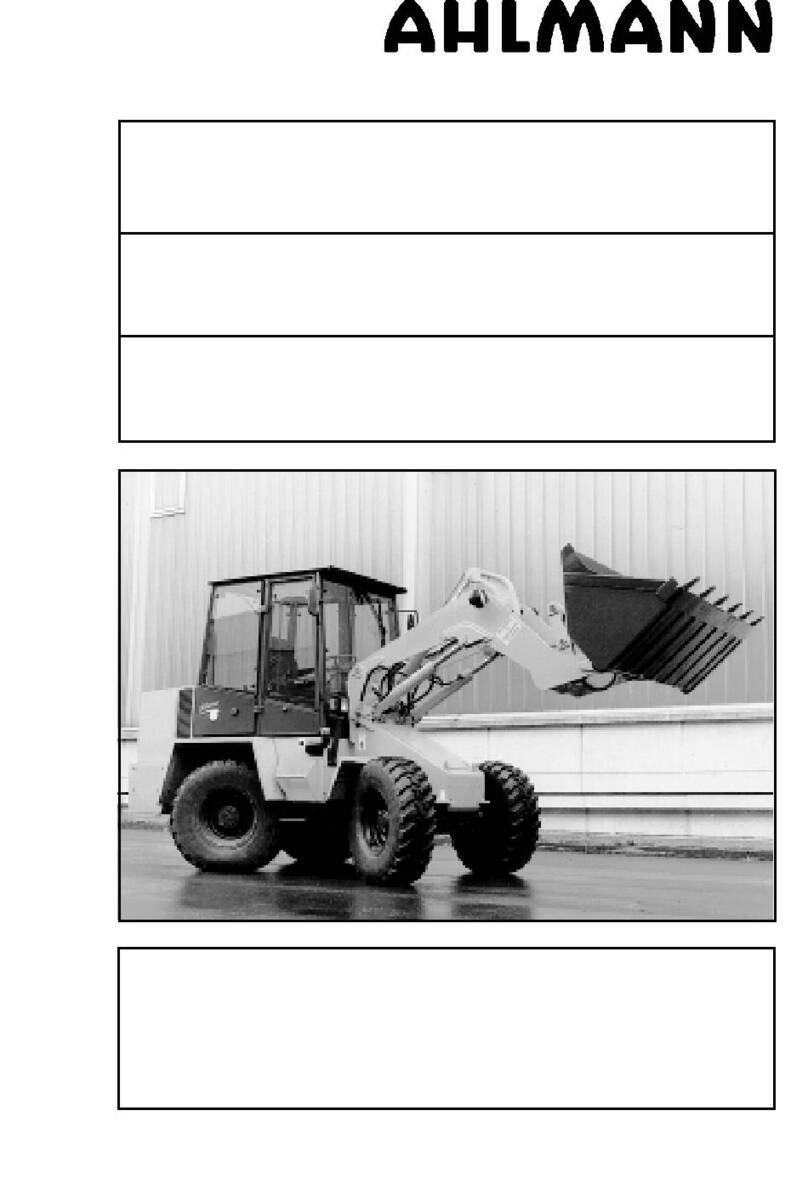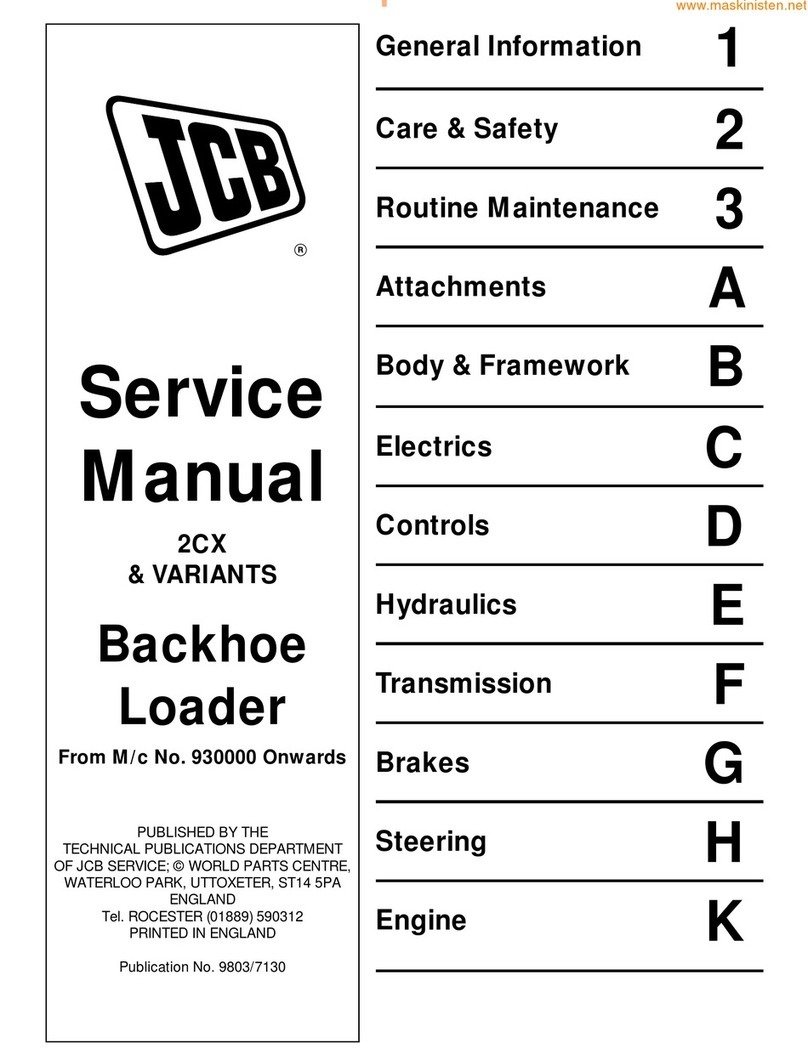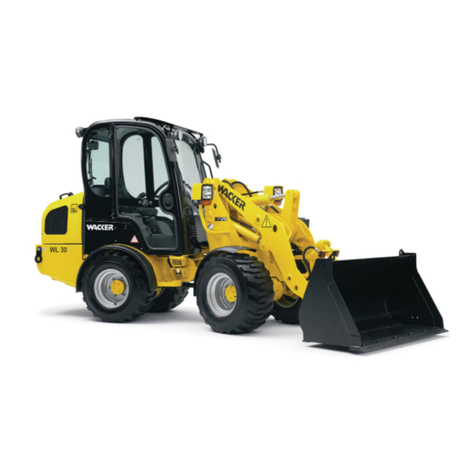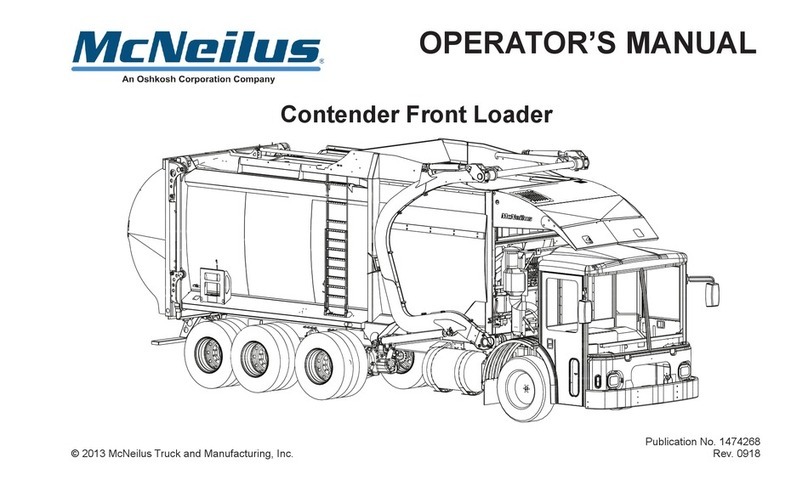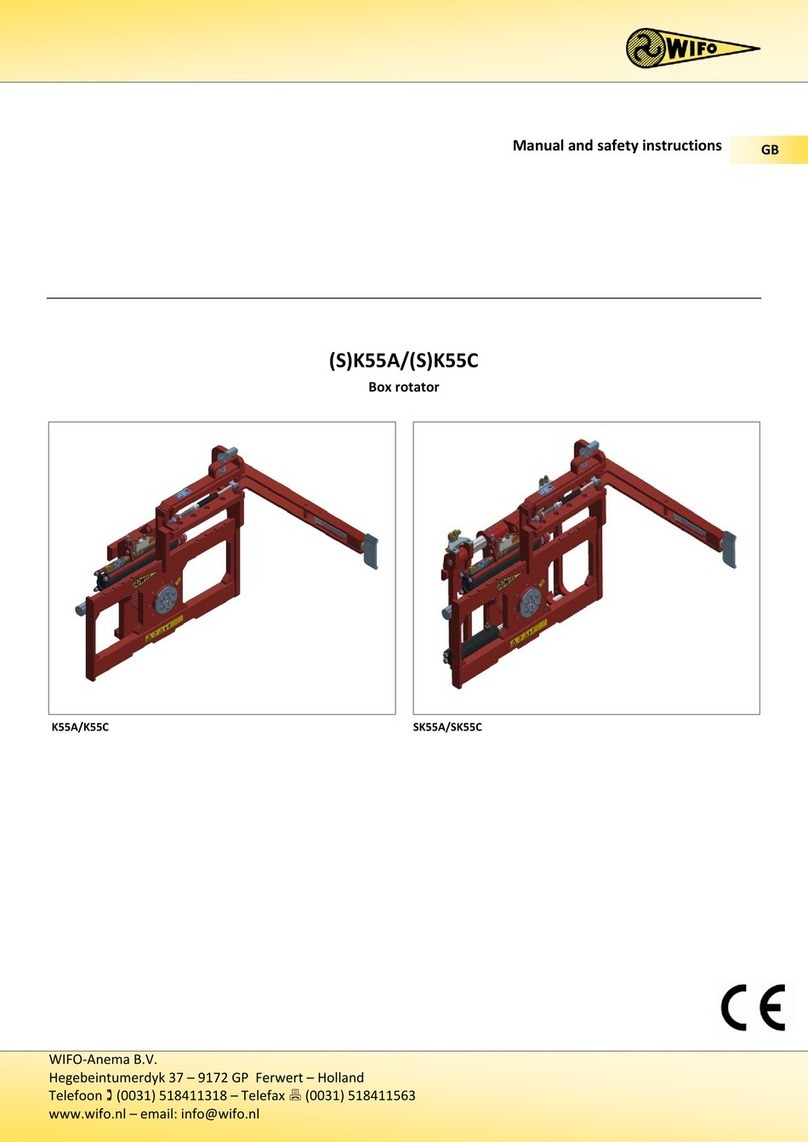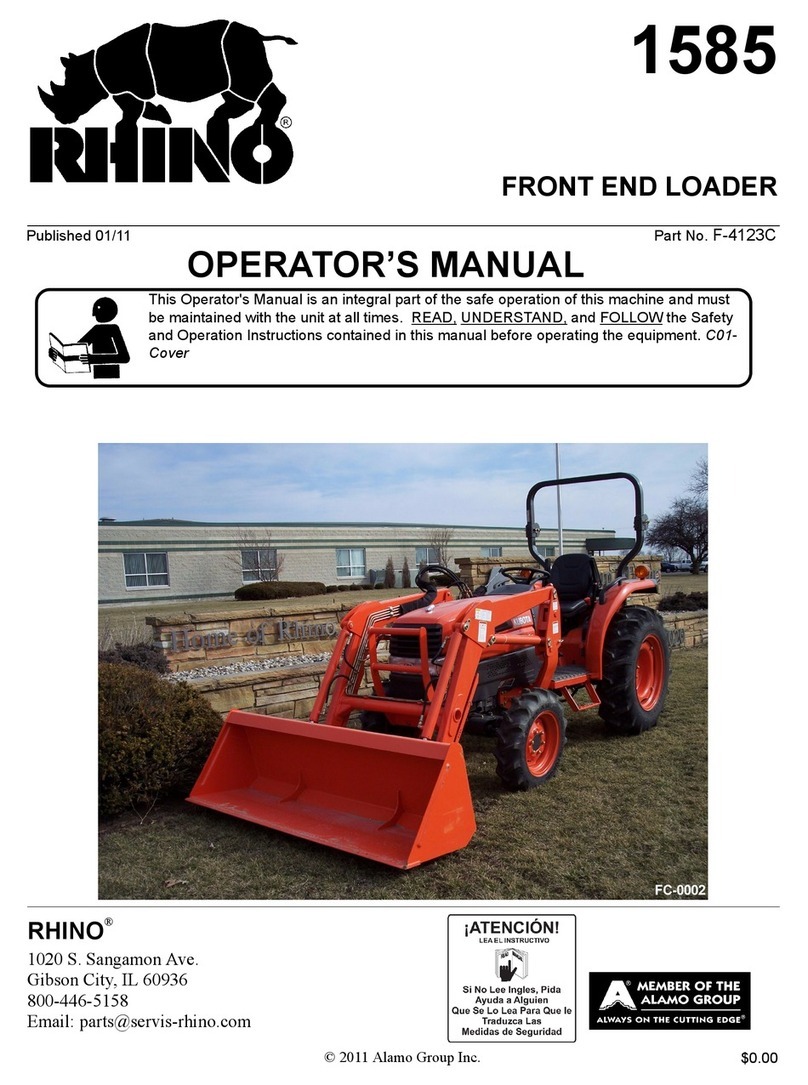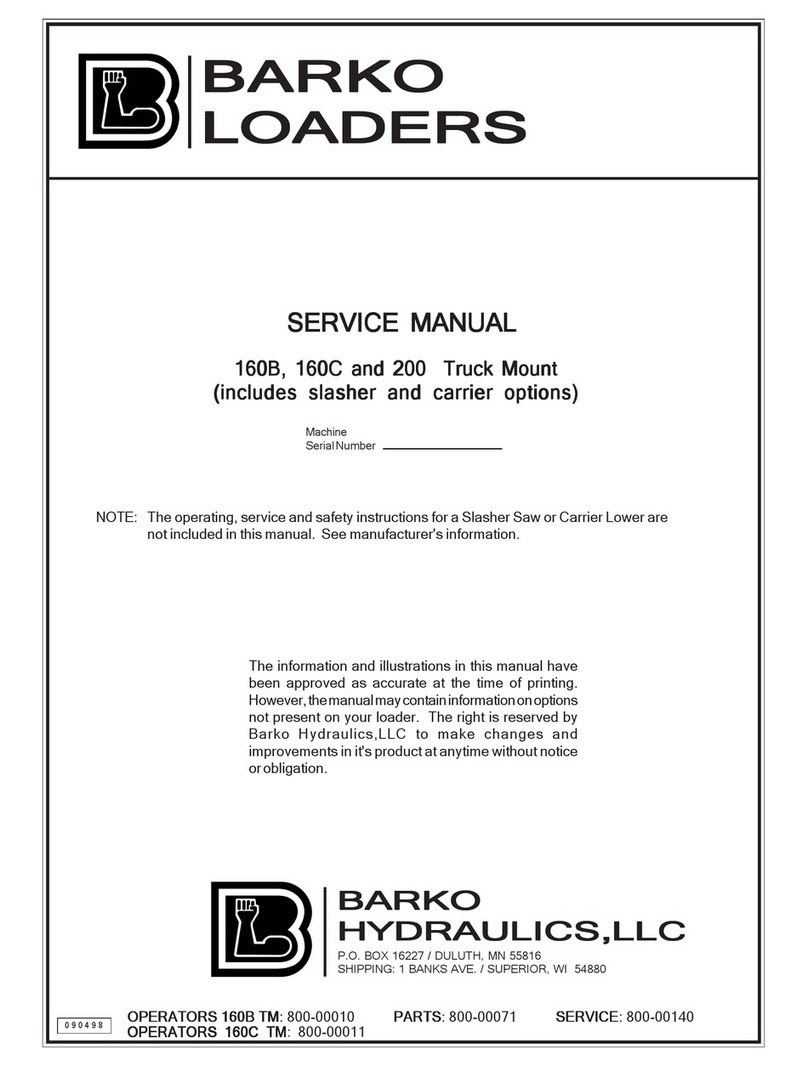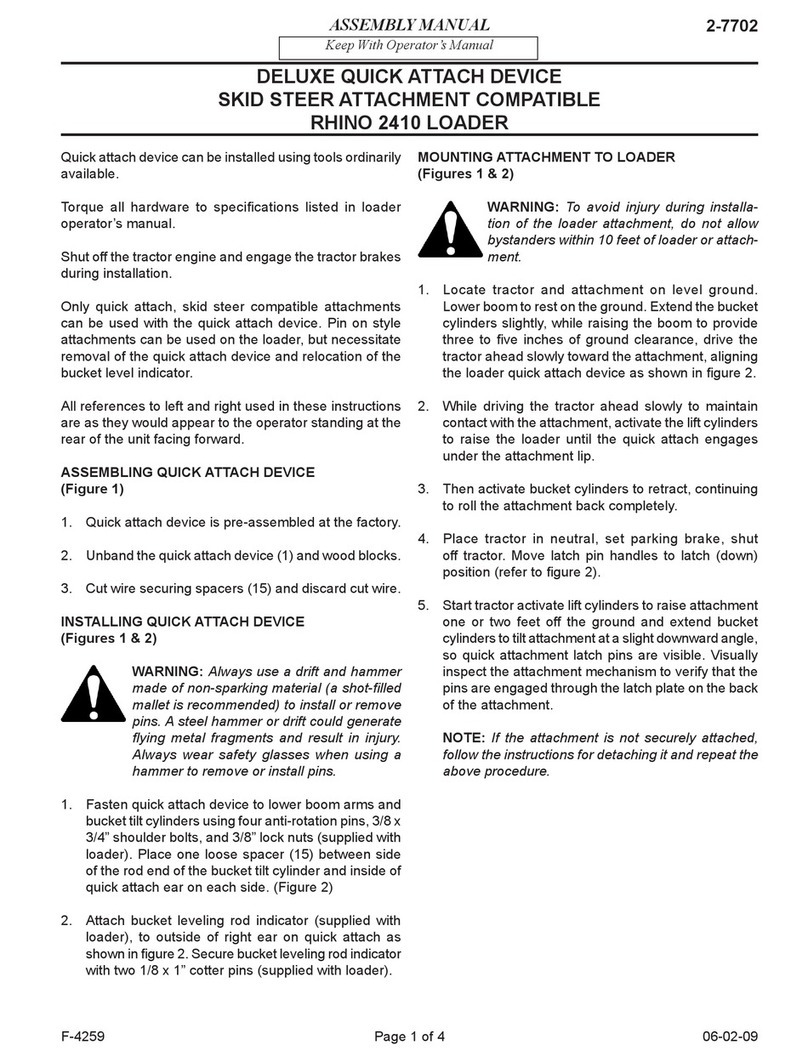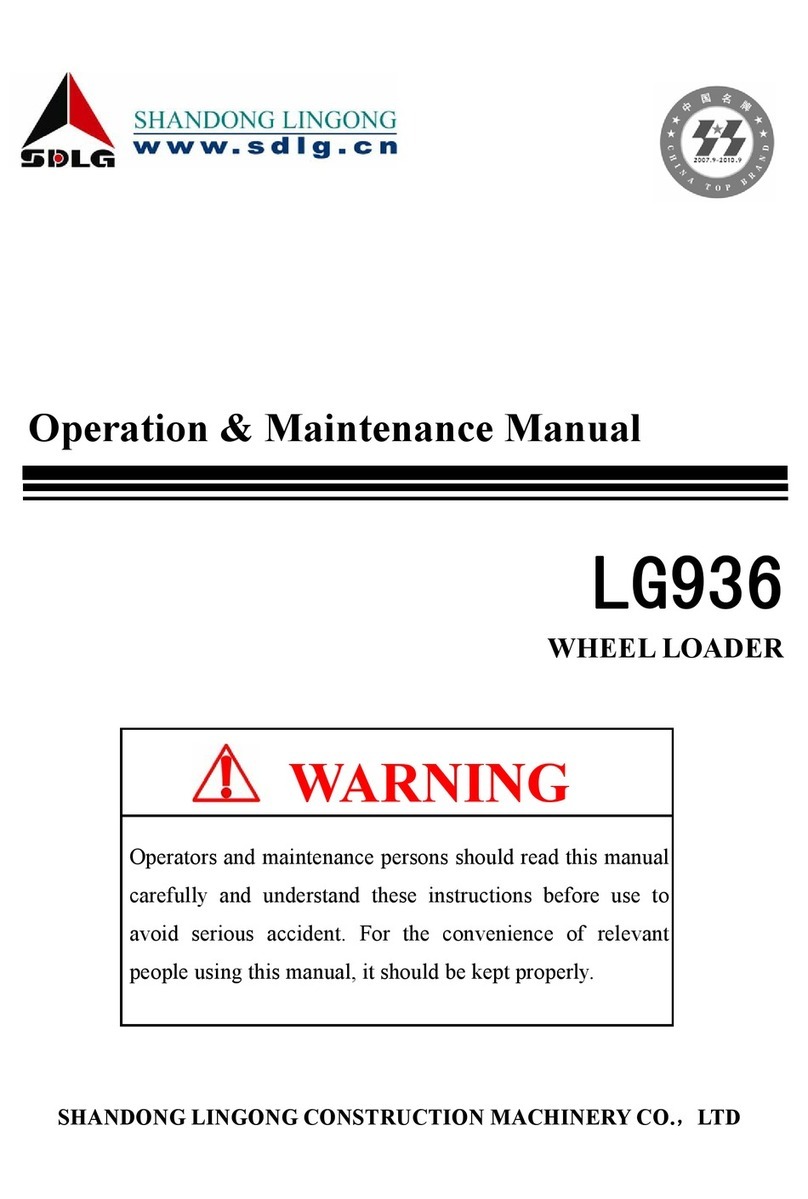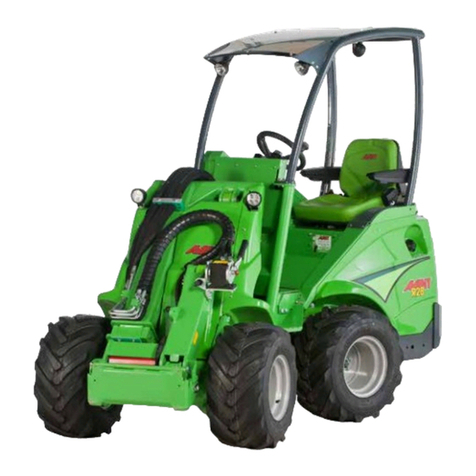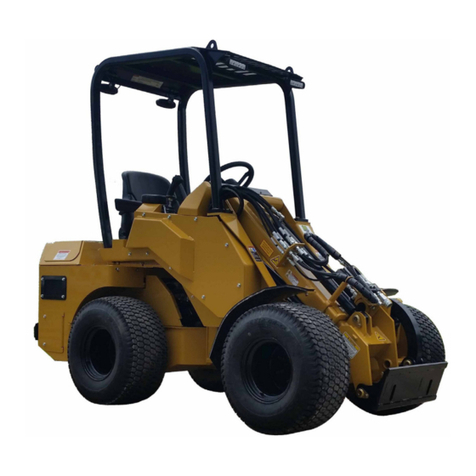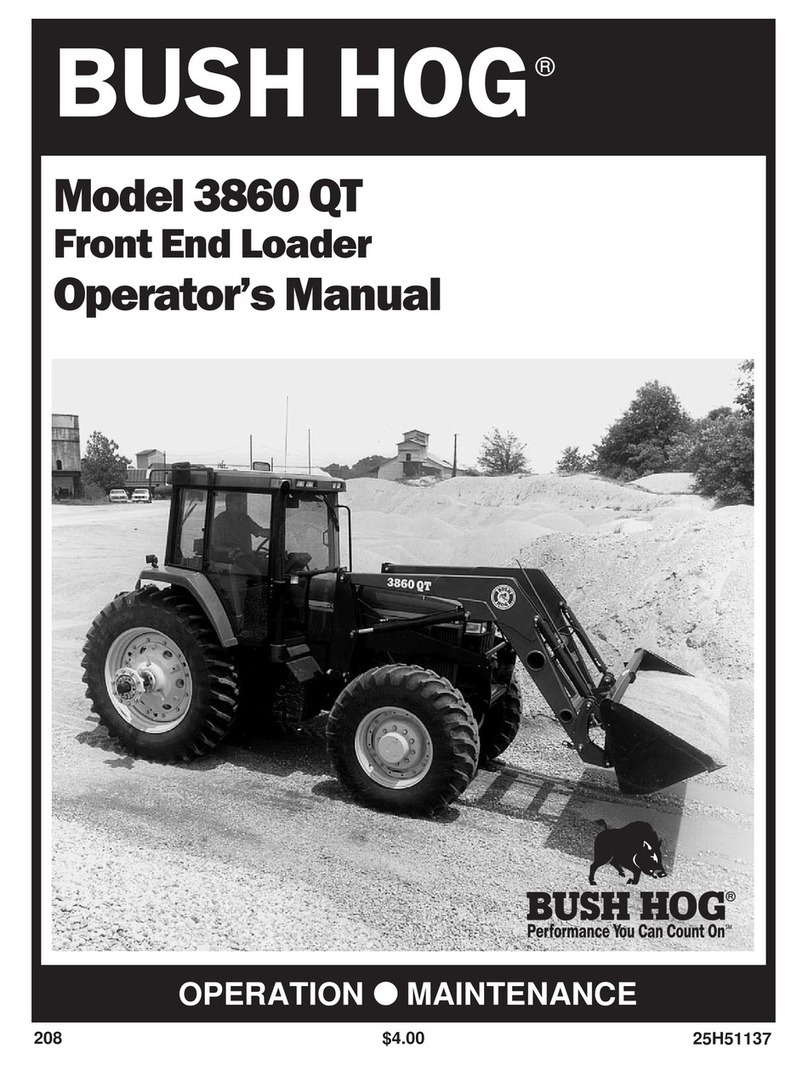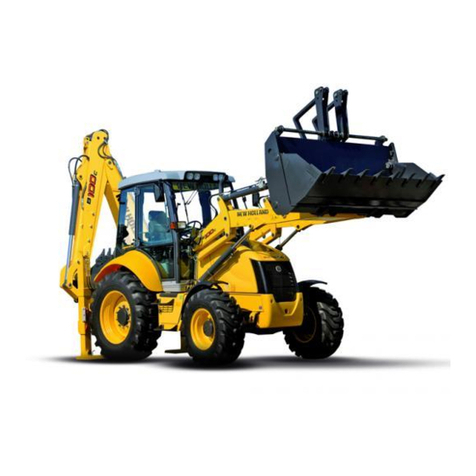
1ASSEMBLY INSTRUCTIONS
ASSEMBLY INSTRUCTIONS
TO THE DEALER
1. This manual contains procedures intended to assist
the dealer in unpacking and assembling the product
before delivering to the customer.
The customer's purchase is based on confidence in
both the product and your store. Observe the
procedures in this manual to assemble and adjust
equipment for your customer's safety and satisfaction.
When fully assembled, check function of each part and
feature.
2. The following safety alert symbol marks and
indications are found throughout this manual in steps
where particular attention is required so as to ensure
your safety and to avoid product damage. Observe
the instructions in these warnings where indicated.
SAFETY
To prevent accidents, read through the following items
before starting work, and always regard safety when
working. It is your responsibility to ensure your safety on
the job.
1. Preparations
(1) Select a work site which is level, has sufficient
space, and is not close to dangerous objects.
(2) Avoid poorly ventilated
rooms.
Asphyxiation from exhaust
fumes is always a possibility
that accompanies running an
engine.
(3) Working clothes which may
be pinched or caught in the
equipment must not be worn.
Loose clothing can cause
serious injury or death.
(4) Always wear a mask and
protective goggles during
work when dust or flying
debris may be thrown by
equipment.
2. Assembly and adjustments
(1) Before assembling
equipment, read the
assembly instructions for the
product to become familiar
with the equipment and
procedures.
(2) Use only adequate and
required equipment, tools
and instruments (e.g. torque
wrench, battery hydrometer
and etc.).
(3) Set the parking brake and
block wheels to prevent
machine (or tractor)
movement.
(4) Lower the attachment or
implement to the ground
before assembling or
adjusting equipment.
(5) Before working under
suspended or raised
equipment, support the
equipment or attachment
and utilize the valve lock to
prevent the machine from
falling or moving out of place.
(6) Keep fire from cigarettes,
matches or other ignition
sources away from fuel, oil,
antifreeze and other
flammable materials.
Indicates an imminently
hazardous situation which, if not
avoided, will result in death or
serious injury.
Indicates a potentially
hazardous situation which, if not
avoided, could result in death or
serious injury.
Indicates a potentially
hazardous situation which, if not
avoided, may result in minor or
moderate injury.
Indicates that equipment or
property damage could result if
instructions are not followed.
Gives helpful information



